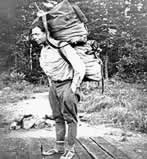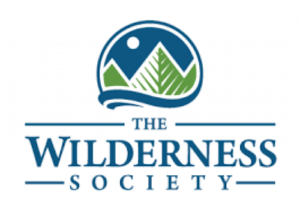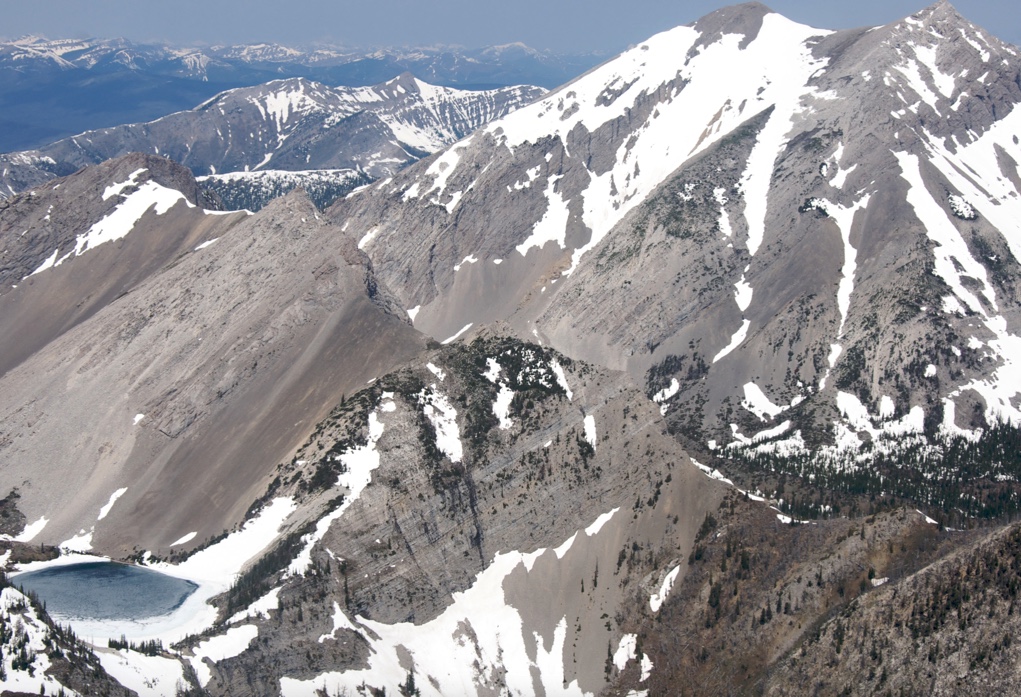The Wilderness Society, America’s largest and foremost advocate for preserving wilderness, was founded on January 21, 1935. Since then, The Wilderness Society has grown to being the voice for “1 million wilderness supporters.”

The Wilderness Society was the dream of Bob Marshall (learn more), who was the head of recreation and lands for the U.S. Forest Service in the mid-1930s. He had prepared a draft of his ideas for such an organization and had shared it with several colleagues. In October, 1934, Marshall and three friends were driving to a Civilian Conservation Corps camp in Tennessee when the talk of the new society grew intense. They pulled to the roadside and discussed Marshall’s draft in detail, vowing to make this new group happen.
They gathered four more supporters, including Aldo Leopold, and met at Washington’s famous Cosmos Club in January, 1935, to finalize their plans. After two days of intense discussion, they all agreed, on January 21, to the structure and purpose of the new organization, to be called The Wilderness Society. They declared: “All we desire to save from invasion is that extremely minor fraction of outdoor America which yet remains free from mechanical sights and sounds and smells.” Bob Marshall, the original champion of the group, died unexpectedly in 1938 at the young age of 38, but he had prepared well to keep his dream alive—Marshall was a wealthy bachelor, and he left a sizable portion of his estate to support the new society.

Since then, the impact of The Wilderness Society on American conservation has been extraordinary. They fought continuously for new parks that would include “primitive areas,” long before the concept of wilderness had been codified. The group’s first and most important victory was passage of The Wilderness Act in 1964 (read more), which established definitions of wilderness and a mechanism for declaring and managing wilderness areas regardless of which federal agency had ownership of the lands and water. “A wilderness,” the Act states, “in contrast with those areas where man and his own works dominate the landscape, is hereby recognized as an area where the earth and its community of life are untrammeled by man, where man himself is a visitor who does not remain.” As part of the act’s passage, 54 areas totaling 9.1 million acres were designated as wilderness

Since then, we have never stopped adding more areas. The U.S. has protected 109 million acres of wilderness—5% of the U.S. land surface. The total area is dispersed among 765 separate areas in 44 states and Puerto Rico. The areas are managed by four U.S. land management agencies, including the National Park Service, Forest Service, Fish and Wildlife Service, and Bureau of Land Management.
The U.S. has the largest national wilderness program in the world, holding about one-third of the entire globe’s designated wilderness. The top five countries in the world for wilderness area are, in order, the U.S., Canada, Botswana, Mongolia and Australia.
References:
Aplet, Greg, and Jerry Greenberg. 1996. The Wilderness Society – Advocating for Wilderness in Changing Times. International Journal of Wilderness 2(3):31-33. Available at: http://www.wilderness.net/library/documents/aplet.pdf. Accessed January 18, 2018.
Environment & Society Portal. The Wilderness Society founded. Available at: http://www.environmentandsociety.org/tools/keywords/wilderness-society-founded. Accessed January 18, 2018.
The Wilderness Society, 2017. For Our Wild, The Wilderness Society’s 2016 Annual Report. Available at: https://wilderness.org/sites/default/files/TWS_AR_2016_LowResSingles_0.pdf. Accessed January 18, 2018.
